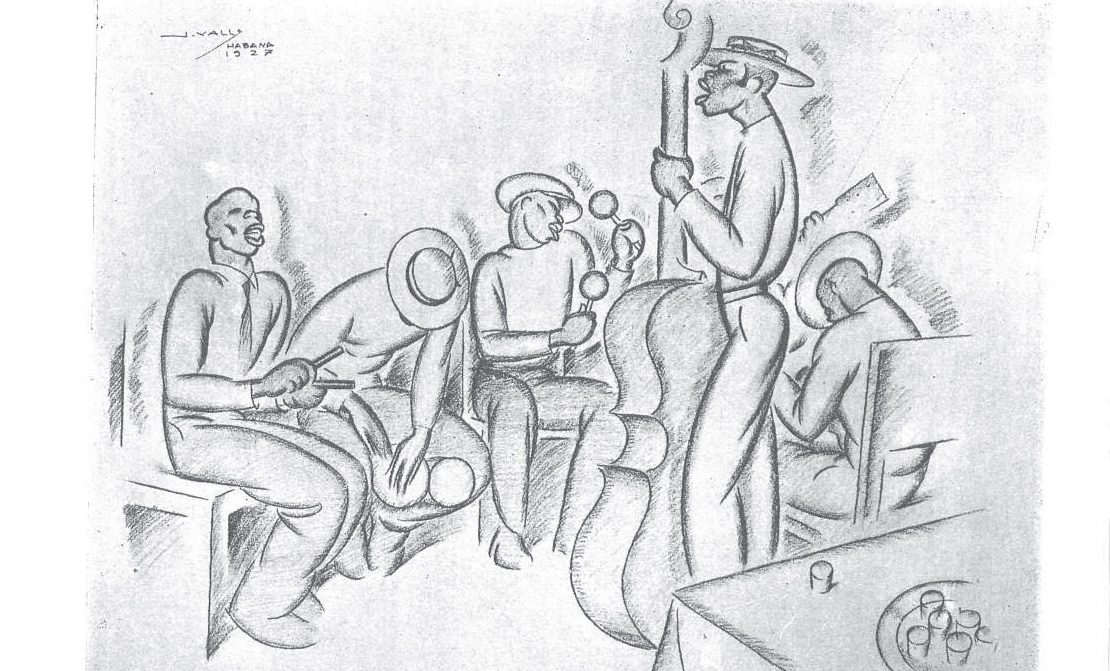Rhythmic Entanglements of Race and Gender in Afro-Caribbean Poetry
Charlie Hankin
Spanish and Portuguese
UC Davis
My new book project, Writing in Clave: Afro-Caribbean Popular Music Poetics, examines the intersection and co-constitution of Caribbean popular music and literature. I trace how the asymmetric, five-pulse clave rhythm, codified in Cuban son in the 1920s, became an organizing principle not only for Caribbean and “Latin” music but also for Caribbean literature. My first chapter demonstrates how Afro-Antillean poetry (1920s-1930s) took inspiration from Cuban son by incorporating and imitating the syncopated clave pattern. Although most exponents of this poetry and most son musicians were men, the poeticization of clave was consistently imbricated with the body of the female mulata dancer. The representation of rhythm is entangled with both race and gender. This summer research project contributes to my work on the gender politics of “writing in clave.” I visit the archive of the only woman associated with Afro-Antillean poetry, the famous Afro-Cuban declaimer Eusebia Cosme, to understand how Cosme conceived of rhythm and clave. While shedding light on the gendering of rhythm, this research permits me to extend my conceptualization of writing in clave to include declamation, in addition to songwriting, musicological treatises, poetry, novels, and improvisation.
Image Credit: Havana in Revista de Avance, 1927

